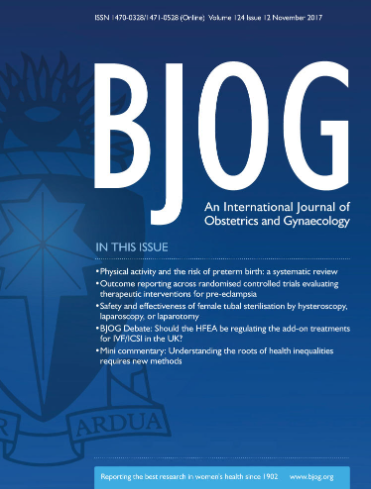Fetoscopic Robotic Open Spina Bifida Treatment (FROST): A Preclinical Feasibility and Learning Curve Study
Abstract
Objective
The primary aim was to assess the feasibility of robotic OSB repair in a simulation training model, documenting the learning curve and ensuring quality control among surgeons.
Design
The learning curve was assessed using the cumulative summation test (LC-CUSUM). Following LC-CUSUM, six additional experiments were performed for competency-cumulative summation (C-CUSUM) analysis to ensure ongoing quality control.
Setting
The simulator was created through 3D printing and hand sculpting, simulating a partially exteriorised uterus for laparotomy-assisted laparoscopic OSB surgery. It included a silicone uterus, placenta and foetal manikin with a simulated OSB lesion, replicating the lesion sac, paraspinal muscles and neural placode.
Population
Four surgeons participated: an expert Maternal Fetal Medicine consultant, a neurosurgical consultant, a Maternal Fetal Medicine fellow and a neurosurgical resident.
Methods
The surgical procedure included eight steps: uterine access, working space creation, lesion exposition, junctional zone dissection, skin mobilisation, dural patch application, closure of myofascial flaps and closure of skin. Success was defined by precise restoration (suture interval < 3 mm), foetal repair time ≤ 120 min and a GEARS score > 21/30.
Main Outcomes
Learning curve and competency were documented via LC-CUSUM and C-CUSUM.
Results
Competence was achieved after 15–21 procedures, with novices reaching competency within this range. Participants maintained high performance in subsequent quality-controlled procedures.
Conclusion
Robotic-assisted foetal OSB surgery in a high-fidelity simulation is feasible, showing promising outcomes for a large animal model and clinical translation.


 求助内容:
求助内容: 应助结果提醒方式:
应助结果提醒方式:


